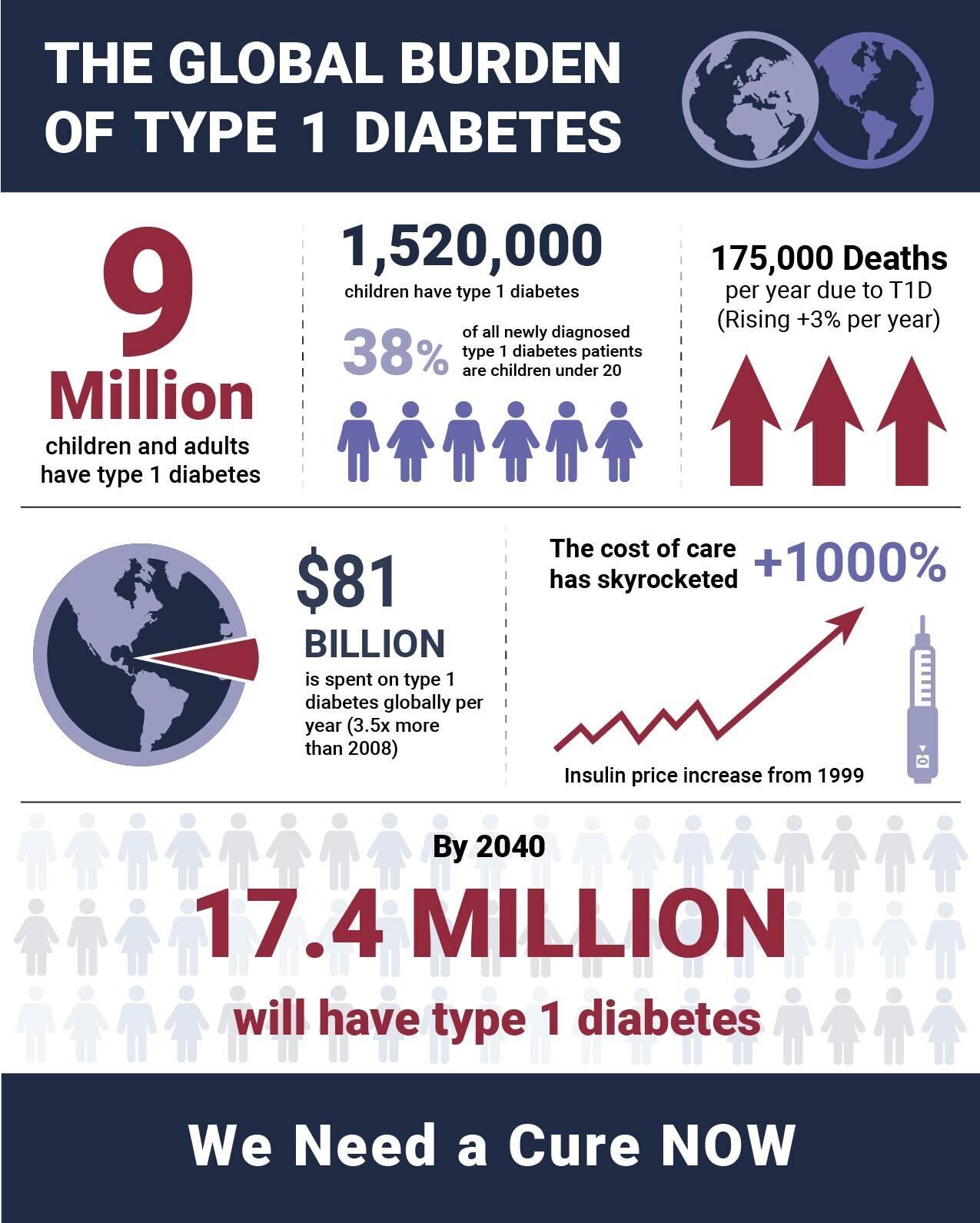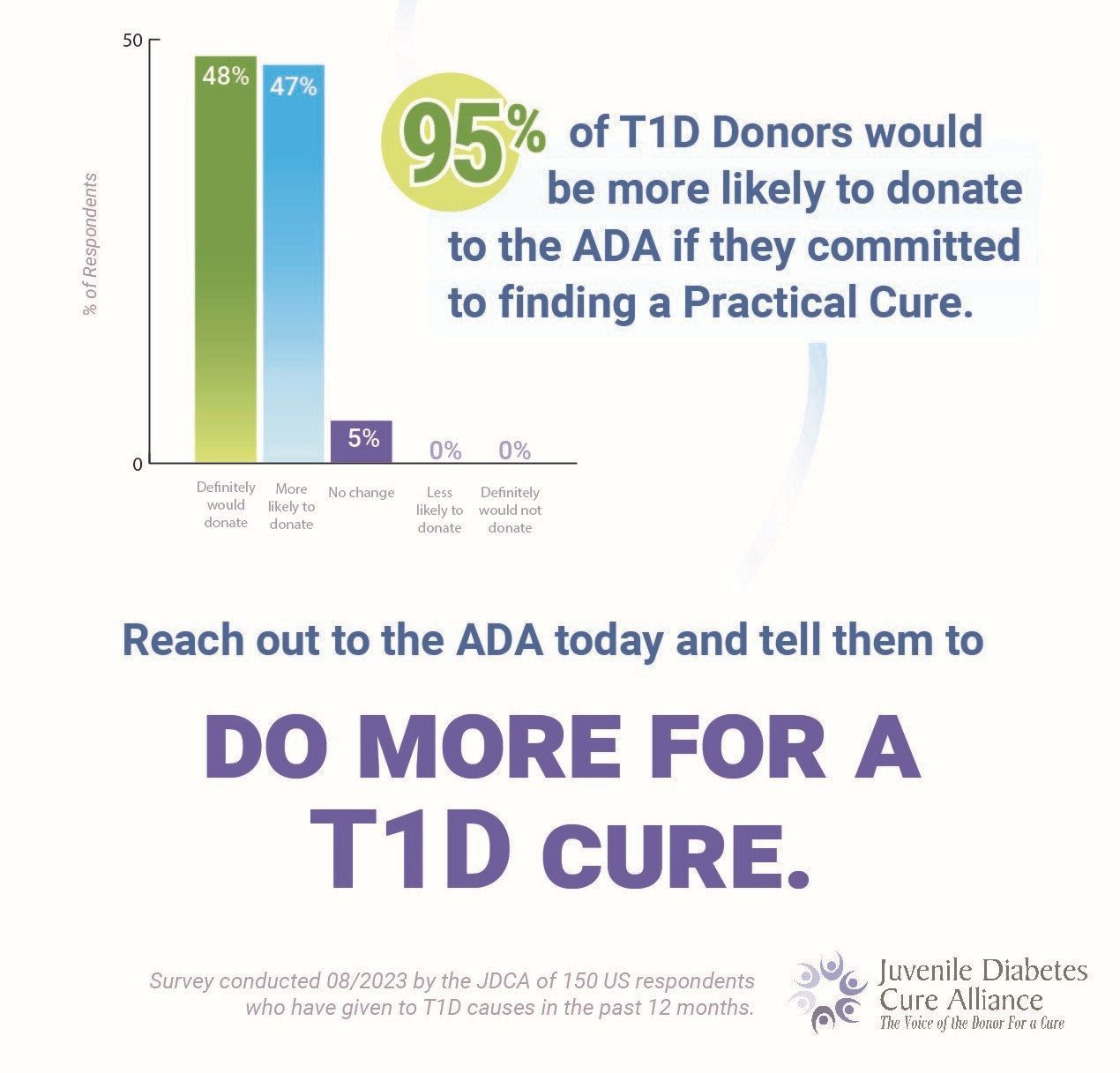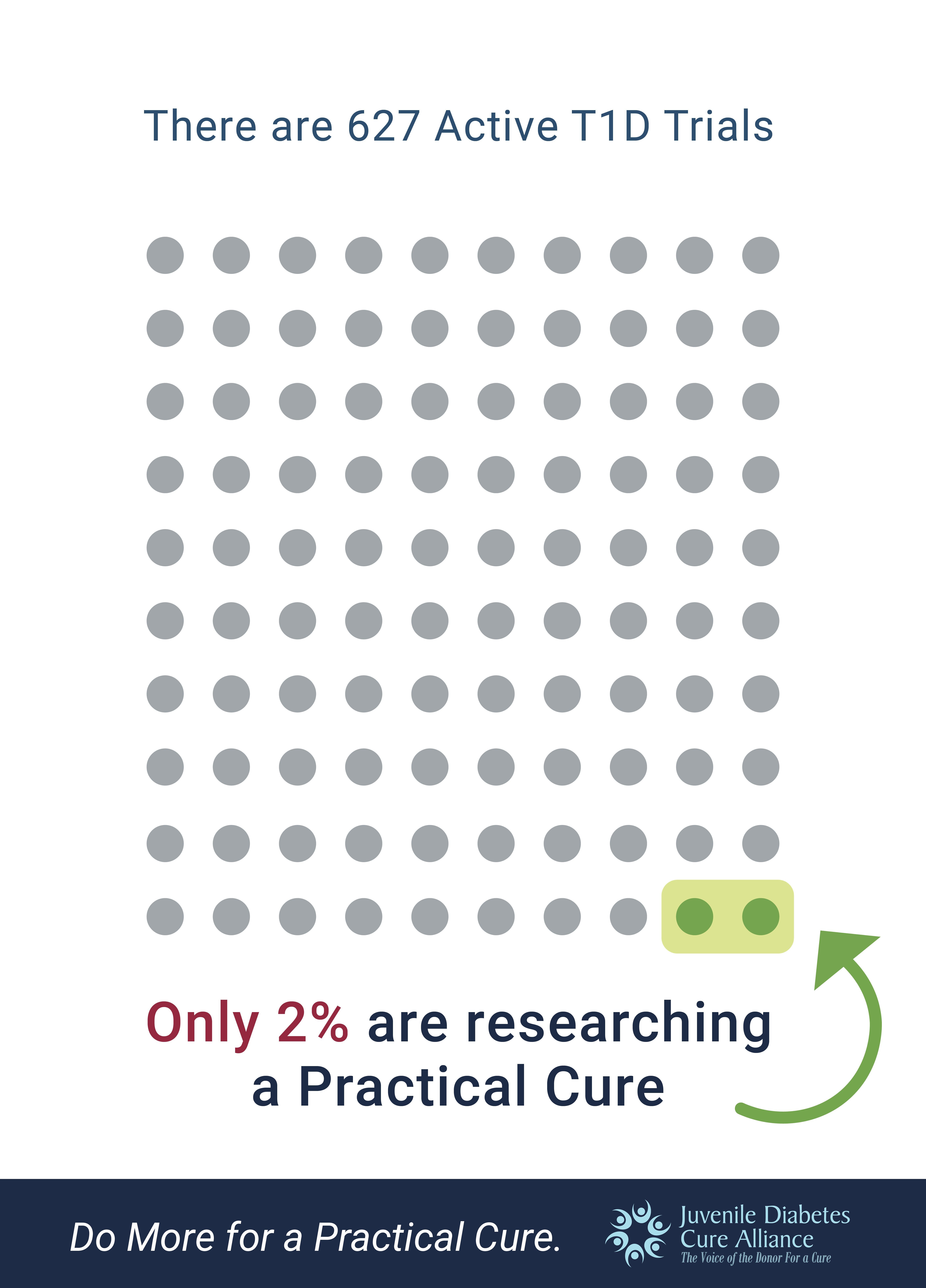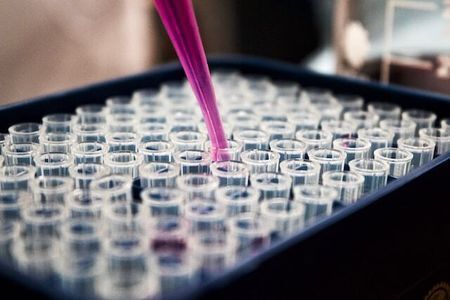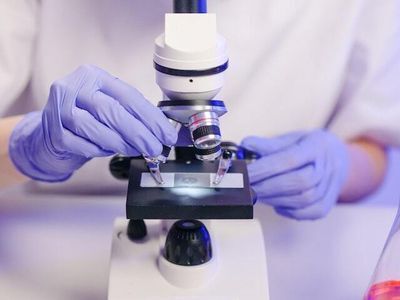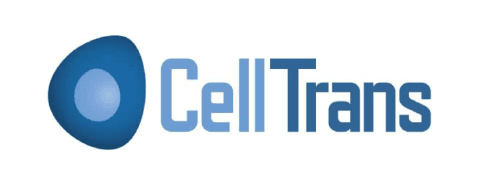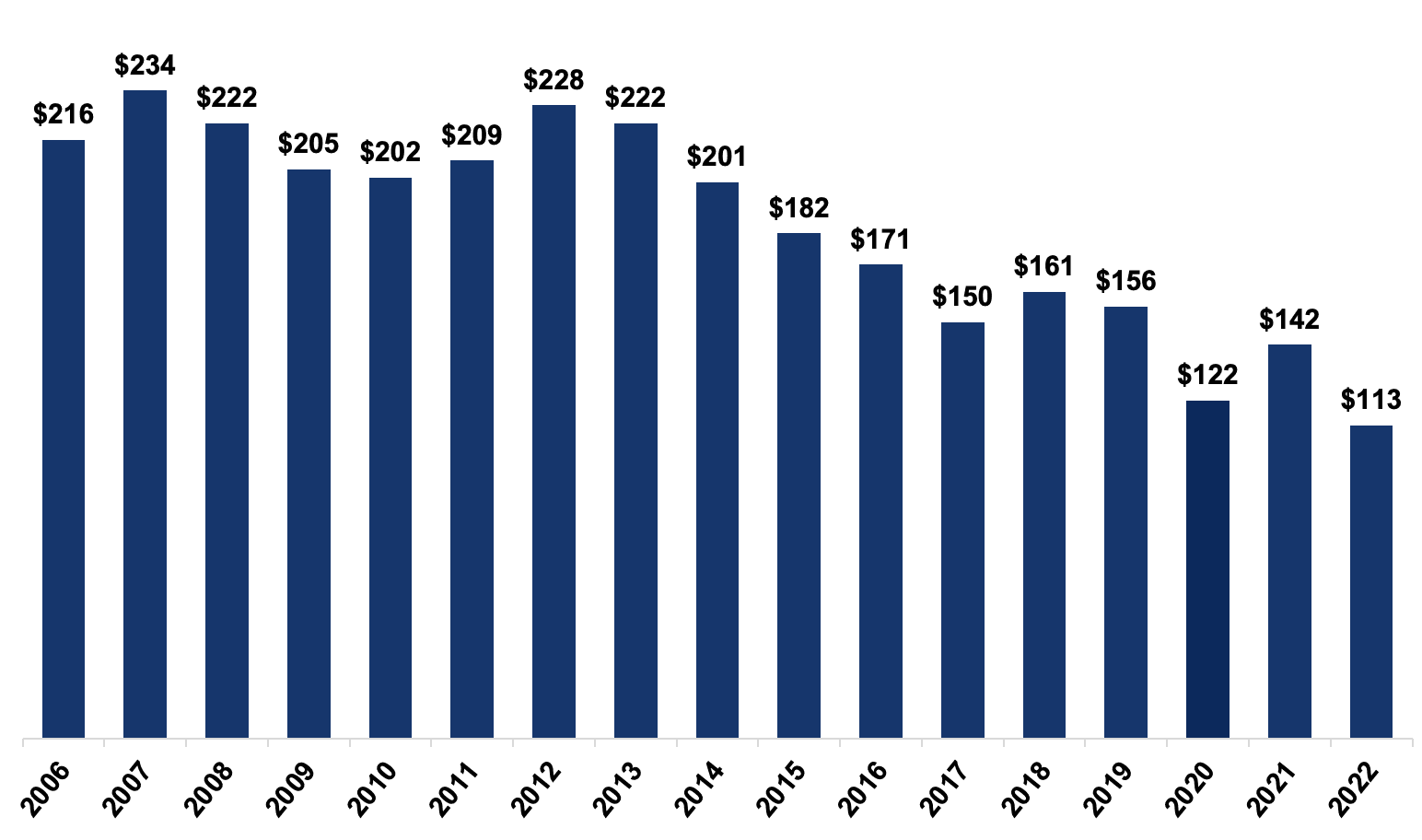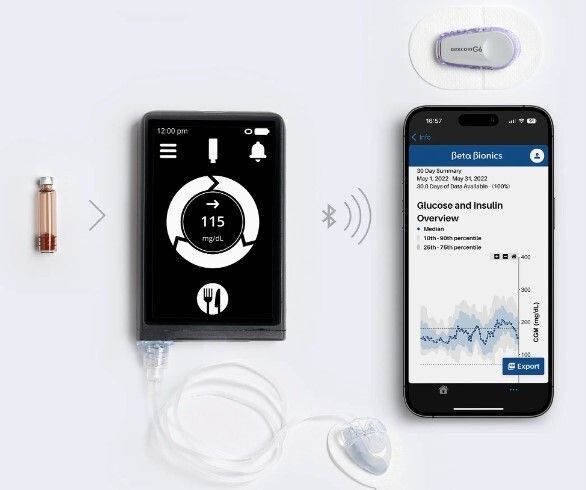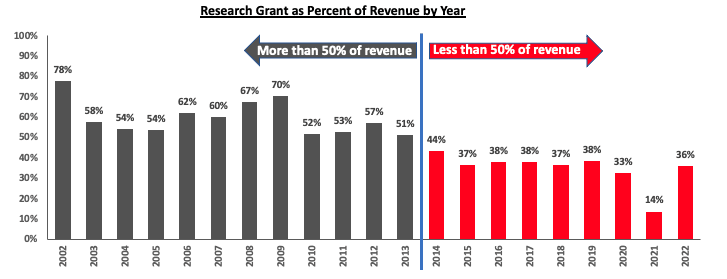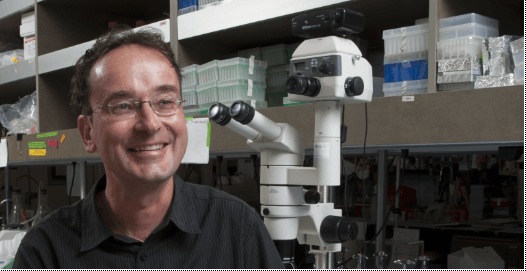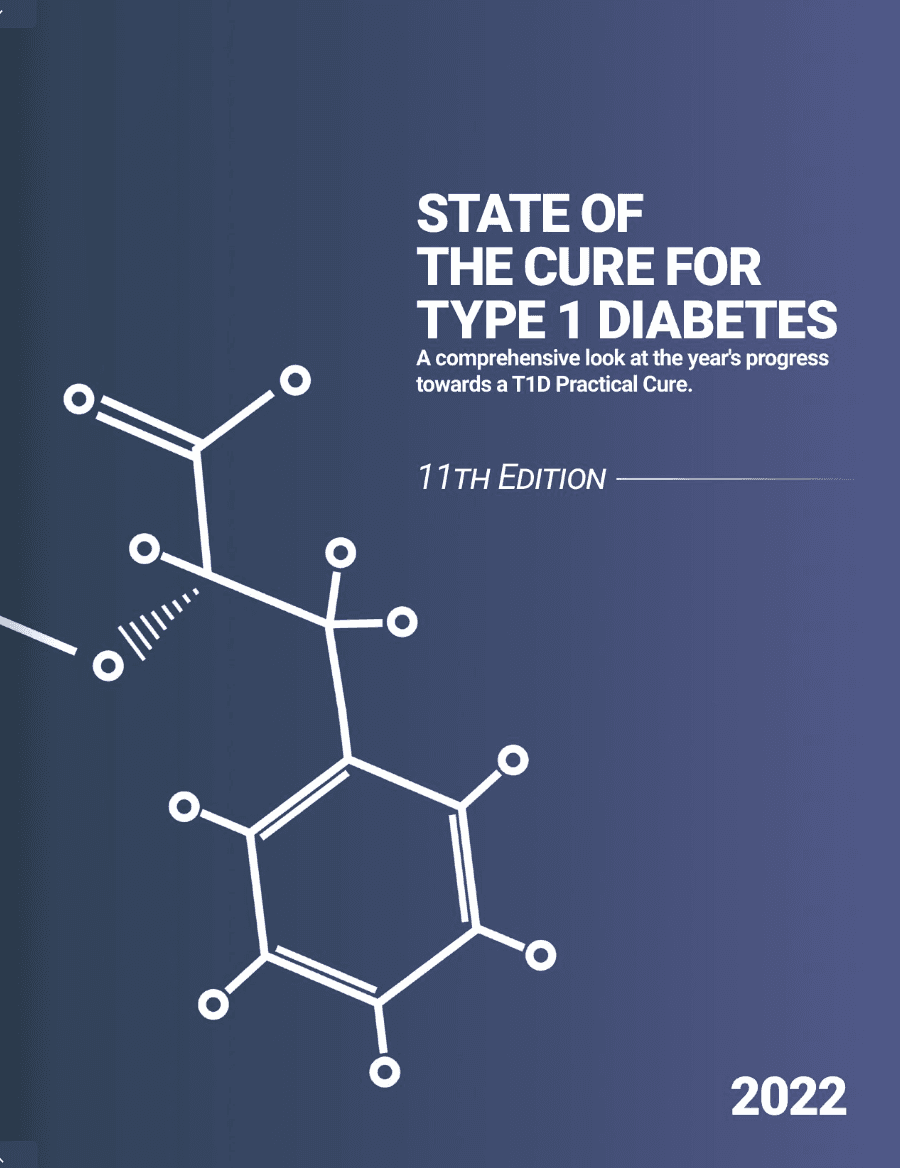Will the Special Diabetes Program survive another year of budget cuts?
T1D treatment has made leaps and bounds, but we will not rest until there’s a Cure.
Survey results are in: T1D donors prioritize cure research first and foremost.
With the global burden of T1D growing each year, now is the time for a cure.
JDRF and ADA event messaging suggest funds raised will go to finding a cure. In reality, it’s only a sliver.
Nonprofits tightened their belts post-COVID—the perfect opportunity to reorganize internal structure.
A step toward a Practical Cure: Promising trial results for VX-880 show 42-year long-term T1D patient is insulin-independent.
12th annual review of executive compensation at two of the largest diabetes nonprofit charities.
JDCA had the opportunity to interview Dr. Shapiro for the latest insights into his current work at the University of Alberta, including his first-hand observations of human trials testing some of the most cutting-edge developments in T1D cure research.
Explore 10 research projects with the potential to become a Practical/Functional Cure. This report reviews the research projects and active human trials currently registered in the US.
How does the JDRF use its research grant budget?
Results of the latest T1D donor survey at a glance.
Today the Lonza Group AG broke ground on a new facility at its New Hampshire campus that will be dedicated to mass-producing Vertex Stem Cells for T1D.
Survey results are in! Despite ADA’s solid brand reputation in the T1D community, donors choose to give their money to other institutions.
We combed through all T1D research projects currently in human trials and categorized each one. Here's our overview of 2023’s top research priorities.
A discussion with the DRI’s executive director about the future of the organization.
Survey results: T1D community donors let us know where they want their money to go—and learn how much is really being spent on research.
Semma, ViaCyte, CRISPR, Lonza: From acquisitions to collabs, Vertex invests an unprecedented level of attention towards T1D.
Breaking: FDA Approves Lantidra (donislecel) for Treatment of T1D. What Does This Mean for a T1D Practical Cure?
The ADA 83rd Scientific Sessions wrapped up yesterday. There were nearly 2,000 presentations. The T1D cure top news are shared in this report.
ADA annual revenue plummeted to the lowest level in 17 years, raising questions about strategy, impact, and ongoing relevance.
JDRF released its most recent financial statements a few weeks ago. This report provides a layman's analysis of how money was earned and used. One key headline is that there were real gains in operational efficiency but research grants is still well below historical benchmarks. Non-research expenses continue to far outstrip research grants, a major change from prior decades.
FDA grants Beta Bionics a green light to market its insulin-only pump. Where is the dual-hormone?
On Tuesday of this week, JDRF released financial statements from its most recent fiscal year, FY2022 (which started July 1, 2021 and ended on June 30, 2022) and is particularly noteworthy because it is the first statement after the end of the COVID crisis.
Stem cell centers in Mexico and South America promise game-changing treatments for T1D. But is it safe? Effective? Worth the risk? This report takes a closer look.
Vertex gets a green light to start a T1D practical cure trial which combines stem-cell derived insulin producing beta cells with cell protection.
A Timeline of ADA's answer to a letter offering big-picture suggestions about how to do more for a T1D cure by hiring lawyers and legal aggression
A letter outlining recommendations about how the ADA can do more for a T1D cure.
A February 9 article in the Wall Street Journal ('WSJ') laid bare two different approaches in discussion: appointed versus elected. Although the Yale debate is ongoing, this topic is worth the attention of all non-profit executives, including those working in Diabetes.
Longtime Diabetes Research Institute (DRI) scientist Dr. Alberto Pugliese, a very well-respected scientist who has focused his career on T1D, has been chosen to lead the T1D research program at the City of Hope. Overall, we are glad to see that these accomplished researchers, who have spent most of their careers on T1D, are not shifting their focus to other areas of research but remain very much focused on finding a T1D cure.
Dr. Matthias von Herrath has been chosen to succeed Camillo Ricordi as the leader of the Diabetes Research Institute (DRI) at the University of Miami. The DRI is focused and will remain focused on type 1 diabetes.
A comprehensive look at the year's progress towards a T1D cure




